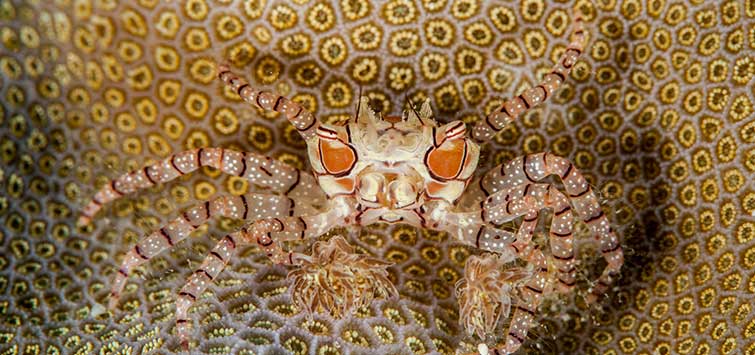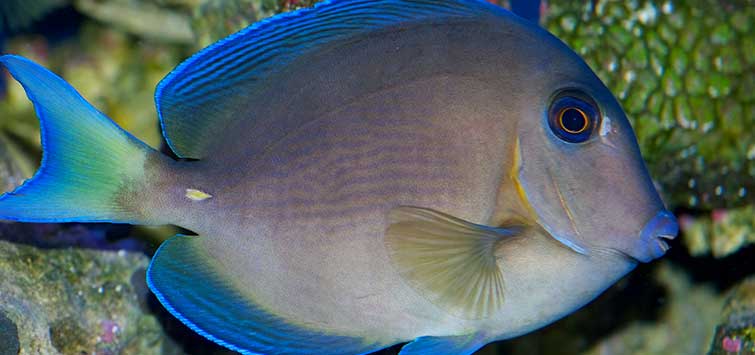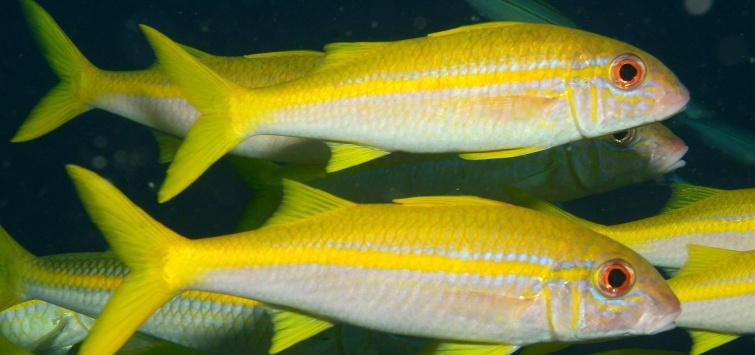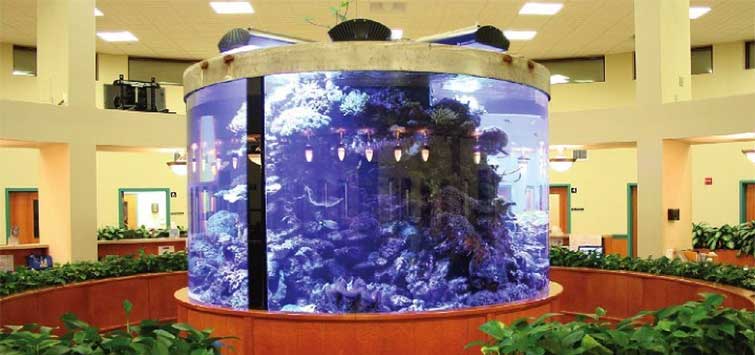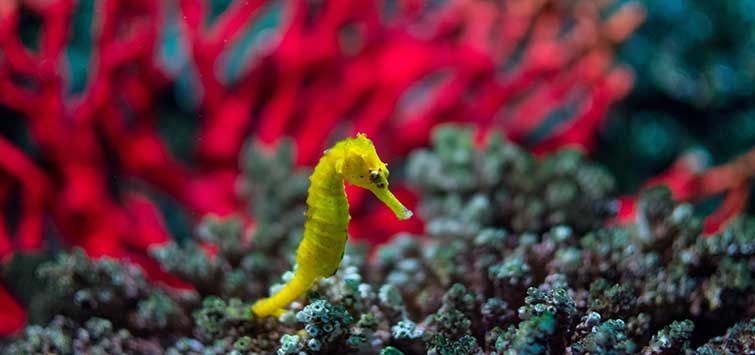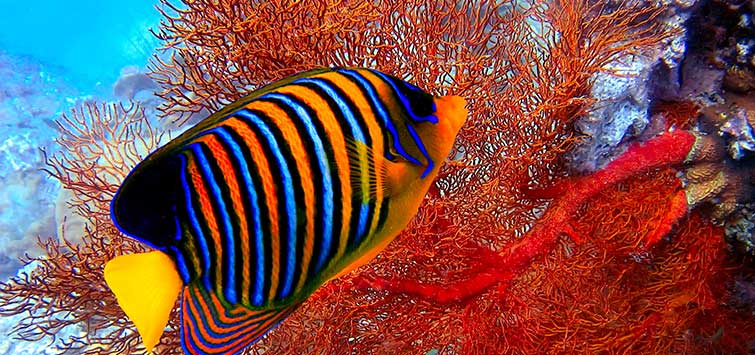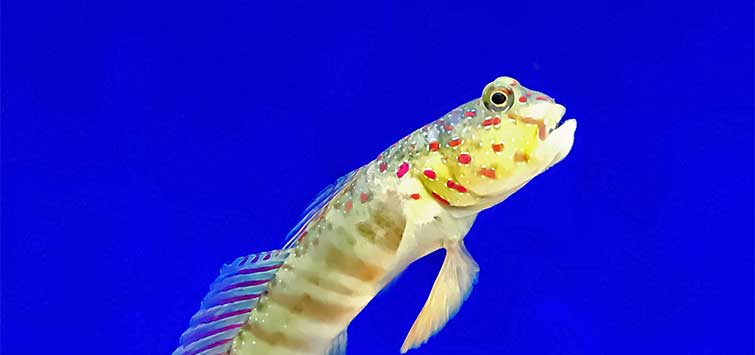-
A Champion Fighter: The Mosaic Boxer Crab (Lybia tesselata)
The boxer crab displays symbiosis at its best. Read about its unique anatomy and relationship with anemones here.
-
A Caribbean Sea Biotope Aquarium
A seasoned scuba diver discusses some of his favorite Caribbean fish species for the biotype aquarium.
-
A Look at the Goatfishes
Thinking about adding goatfish to your tank? We’ve outlined the profiles of several popular aquarium goatfishes. Learn more!
-
Aquariums in Architecture- A Really Big Reef Tank: Red Bank Veterinary Hospital's 2000-gallon Circular Reef
Our author travels to Red Bank, New Jersey to observe a massive cylindrical fish tank. Read about his thoughts on this aquarium architecture gem here.
-
A Seahorse Reef, Part Two: Choosing Your Seahorses
When properly established, seahorses can thrive in a reef tank. Here are the ideal seahorse species to choose from.
-
A Seahorse Reef, Part One: Reef Compatibility of Hippocampus spp.
Is it possible to sustain a seahorse reef tank? This author argues that seahorses can thrive in a reef under the right circumstances.
-
Beauties of the Red Sea
The Red Sea captivated our experienced diver. These are some of the most breathtaking fish he came across.
-
Cryptocentrus leptocephalus
This relatively large goby is one of the many species that form symbiotic partnerships with pistol shrimps (Alpheus spp.).
-
Dietary Discovery May be Key to Keeping the Pinnatus Batfish
Platax pinnatus is all but impossible to keep in a marine tank. However, this aquarist sees a path to captive success!
Search returned 293 results

.png?h=595&iar=0&w=2781&hash=5FD5E69473BCC22199FBFA2FB71B6033)


